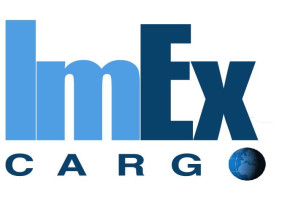Highlights:
Westshore Terminals Investment Corporation operates within the transportation sector.
Revenue generation supported by coal export volumes through terminal operations.
Changes in operational capacity and cost structure observed.
Westshore Terminals Investment Corporation (TSX:WTE) is active in the transportation sector, specifically in terminal and port services. The company is listed on the Toronto Stock Exchange and is part of the S&P/TSX Composite Index (TXCX) and the S&P/TSX Composite Dividend Index (TXDC). Its core operations involve the handling and loading of coal for export through its terminal located at Roberts Bank, British Columbia.
Revenue Model Rooted in Export Services
The company’s revenue model centers around terminal loading fees, which are primarily driven by coal volumes handled for various producers. Long-term throughput agreements with major coal producers contribute to income stability. These arrangements define both minimum volume commitments and rate structures, offering revenue visibility within contractual terms.
Export activity is shaped by client demand, vessel scheduling, and production levels from the mining sector. Throughput efficiency and rail logistics coordination are key to maintaining service levels.
Operating Infrastructure and Terminal Capacity
Westshore Terminals operates a single bulk terminal with fixed infrastructure, including conveyor systems, rotary car dumpers, and ship loaders. Operational focus remains on asset maintenance, throughput reliability, and environmental management.
Terminal improvements and maintenance efforts are ongoing, designed to maintain handling capacity and align with customer demand. No major capital expansion projects have been initiated recently, though incremental upgrades continue to support overall functionality.
Cost Structure and Resource Allocation
Operating costs are tied to labor, equipment maintenance, energy use, and environmental compliance. Adjustments in cost allocation are often made in response to fluctuations in export volumes and maintenance scheduling.
Fixed costs remain a significant component due to the nature of infrastructure-heavy operations. Variable components are primarily linked to volume throughput and rail logistics coordination with service providers.
Dividend Policy and Financial Framework
The company has maintained a consistent dividend payment framework aligned with its distributable cash model. This structure reflects its status as an income-generating entity through terminal services rather than diversified business activities.
Cash flow is primarily directed toward distributions, with remaining funds allocated to maintenance capital and working capital needs. The company does not hold direct ownership in operating assets but instead receives income through its interest in the terminal operating entity.
External Factors Impacting Operations
Westshore’s operations are influenced by global coal demand, commodity shipping trends, and weather-related logistics challenges. These external elements affect vessel traffic, customer shipment schedules, and overall throughput timing.
Coordination with coal producers, rail carriers, and port authorities plays a role in managing operational flow. Efforts remain focused on minimizing disruptions and aligning with shipping schedules to maintain throughput consistency.



